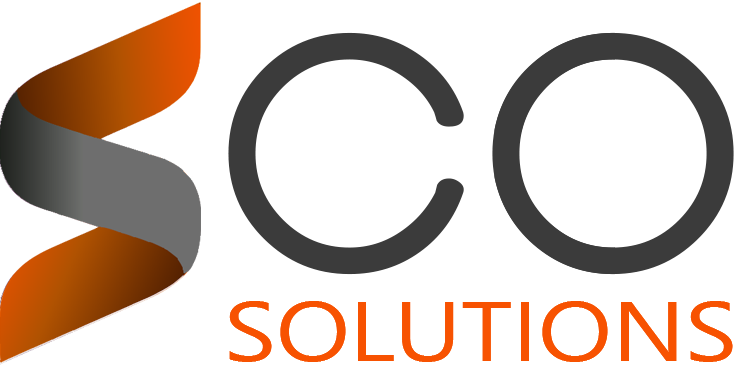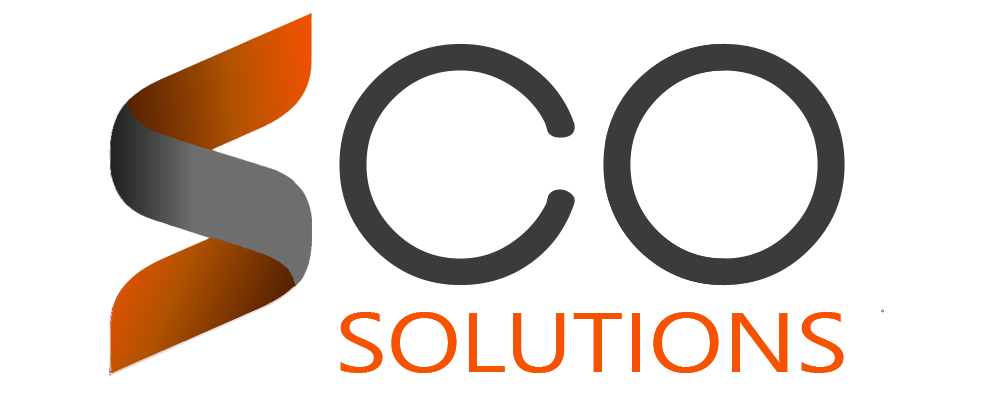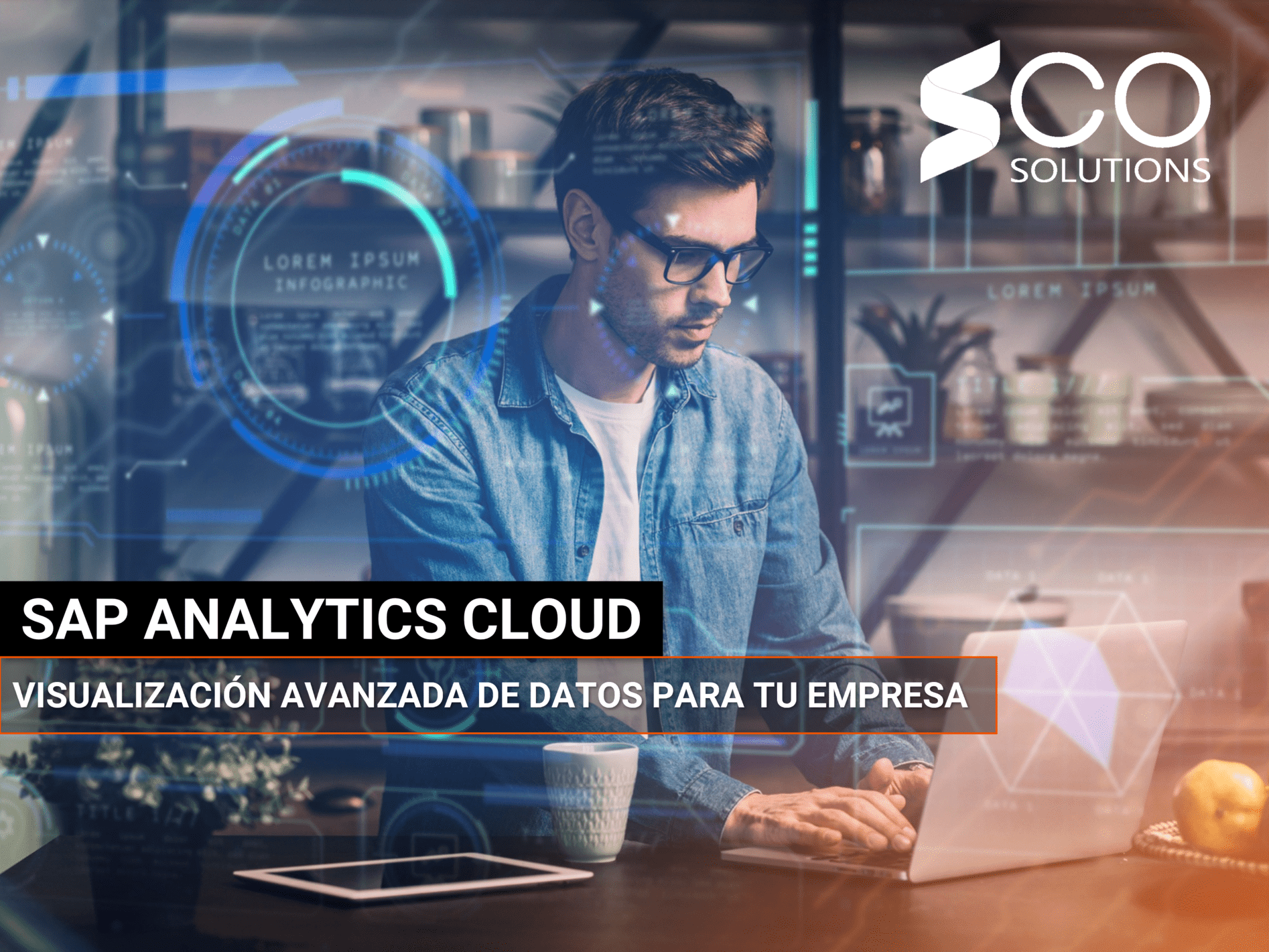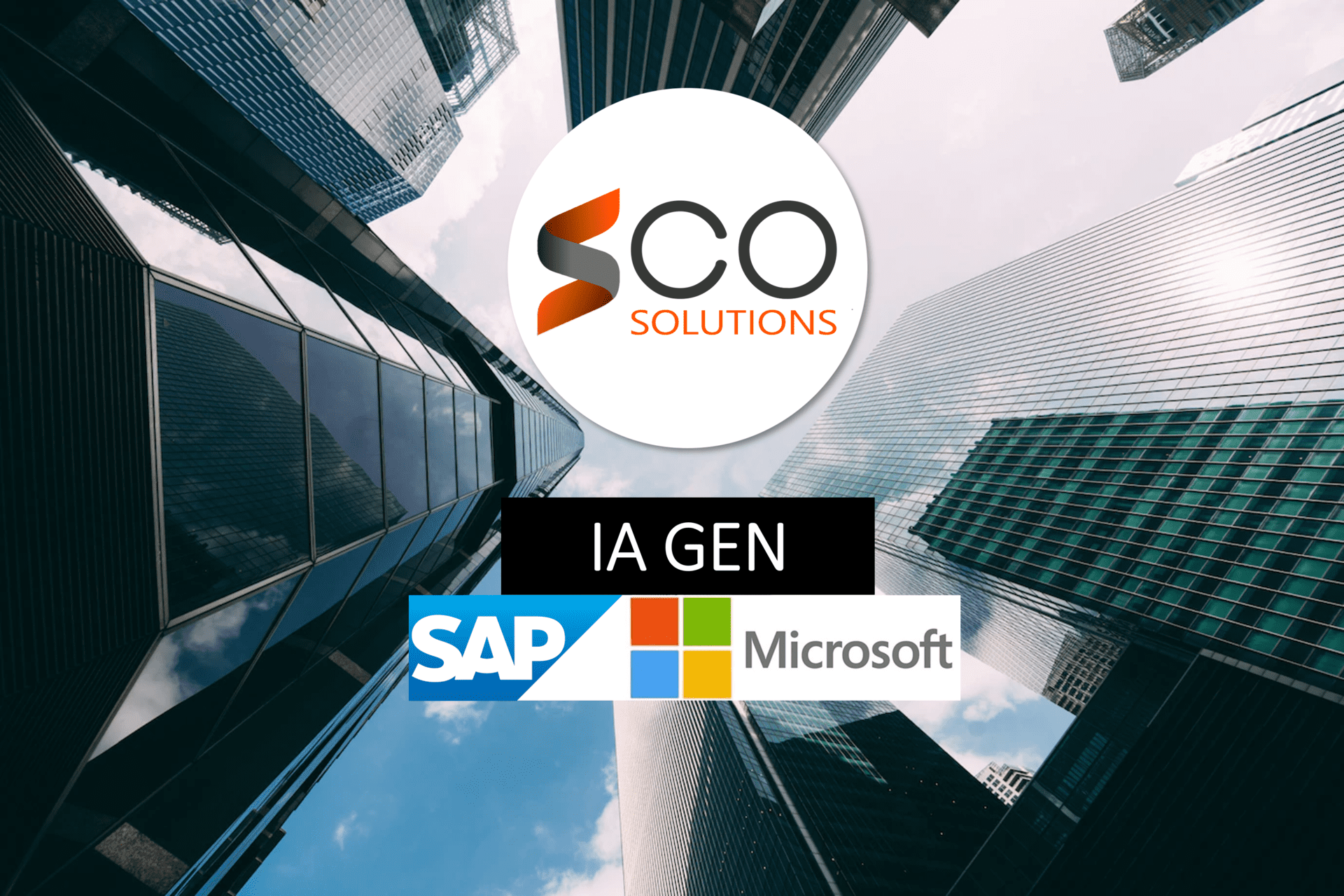Business and technology are two fundamental components of an organization; they are two sides of the same coin.
Business and technology are two fundamental components of an organization; they are two sides of the same coin. If you look at the work of business and technology leaders, it is clear to see that they work in concert to create value and competitive advantage.
This synergy demands that the technology operating model evolve in a way that allows for greater agility, collaboration, and focus on products as well as customers. It is an essential change from what the area of information technology (IT) has traditionally done.
And it is that historically, the IT function has been characterized by being a vertical structure, where a large part of the decisions and the execution of the strategy was in charge of the Information Director (CIO) or the Technology Director (CTO). Meanwhile, his collaborators attended areas such as the service desk, application maintenance and support, network and infrastructure, and security, or were assigned to projects based on their skills.
In today's environment, the IT domain has transcended organizational boundaries; and in particular, the role of technology evolved from automating the business to being part of it. In the process, it has made it easier for companies to adapt to changes in business, industry and the marketplace.
In this new context, more flexible models are emerging that revolve around customers and that allow volume and speed to be managed to respond to the disruption in the market caused by digital native competitors, accelerating the introduction and commercialization of products and services on the market. .
The transformation of the technological operating model also promotes the co-creation of business solutions. To foster the high level of collaboration needed to create value together with business units, IT departments benefit from operational frameworks that can eliminate lengthy authorization processes and break down organizational silos.
For their part, companies have a technological operating structure that focuses on products, so that it is easier for them to satisfy the high demands of customers. This goes hand in hand with the platform economy, in which customers connect directly with products and services.
Hence the importance that the technology operating model needs to be agile and enable collaboration. And it is that, it must be remembered that, in general terms, an operating model is a representation of how an organization creates value, who generates it and the cost of delivering it.
From this perspective, technology leaders have a broad understanding of purpose and can focus on developing a technology operating model design that is optimized for value creation and aligning it with business strategy.
It should not be lost sight of the fact that current operating models are deeply embedded in existing structures and definitions, and in the organic nature of work that has developed and strengthened over time.
To reimagine the technology operating model, IT leaders are considering five key elements:
- Align the business-technological strategy. Clarity and alignment around the role and value of technology serves +as the compass of operating model transformation. Technology supports the development of a business-technological strategy that makes it possible to identify and conceive a technological ambition.
- Support technological ambition. Architecture management, talent acquisition and retention, and data science enable a company to achieve its technology ambition.
- Provide technological capabilities. A rapidly changing environment requires a more seamless and elaborate operating model that integrates a mix of existing, emerging, and new capabilities.
- Operation modes. How technology organizations operate and organize to generate value. When technology leaders understand the possible modes of operation, they can determine the optimal delivery of each capability.
- Organizational transformation. An adaptive organizational design, a workforce ecosystem that changes with automation, cloud, and cognitive technologies, and a flexible culture that enables adjustment to a new normal are critical to achieving such transformation.
Similarly, when embarking on projects of this magnitude, CIOs also need to add to their agenda aspects such as adopting an agile and iterative method, establishing and monitoring their success metrics, being creative when developing new capabilities, organizing to their teams and seek support from key leaders within the organization, among others.
CIOs who reimagine their technology operational processes will take on a great challenge, but they can be sure that the results they obtain will directly impact all areas of the organization. As one side of the same coin, IT will continue to have a great influence on the business today and in the future.
Germán Ortiz, Lead Partner of Clients & Industries in Consulting, Deloitte México*
The opinions expressed are the sole responsibility of their authors and are completely independent of the position and editorial line of Forbes México.
This article was originally published on: https://www.forbes.com.mx/







